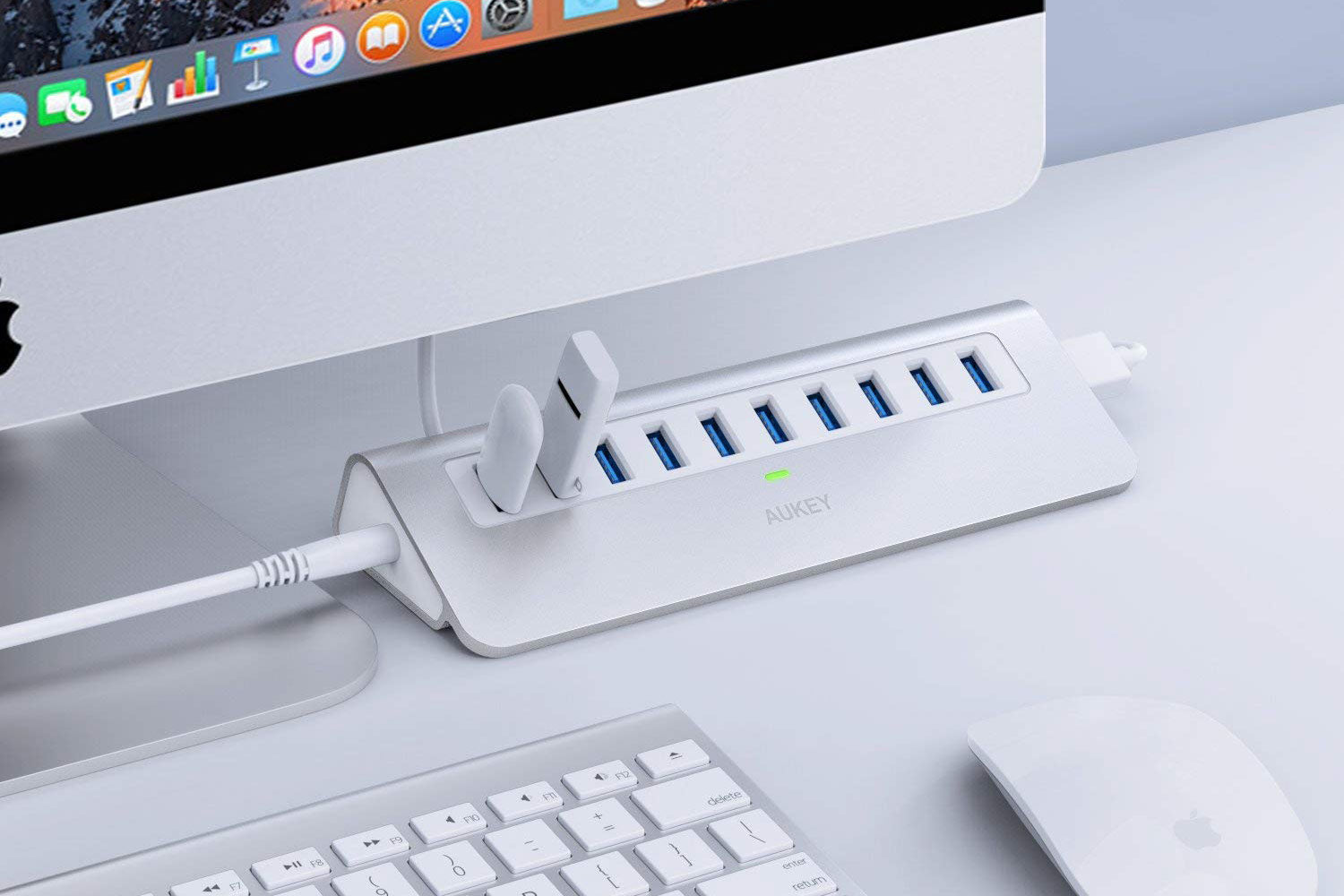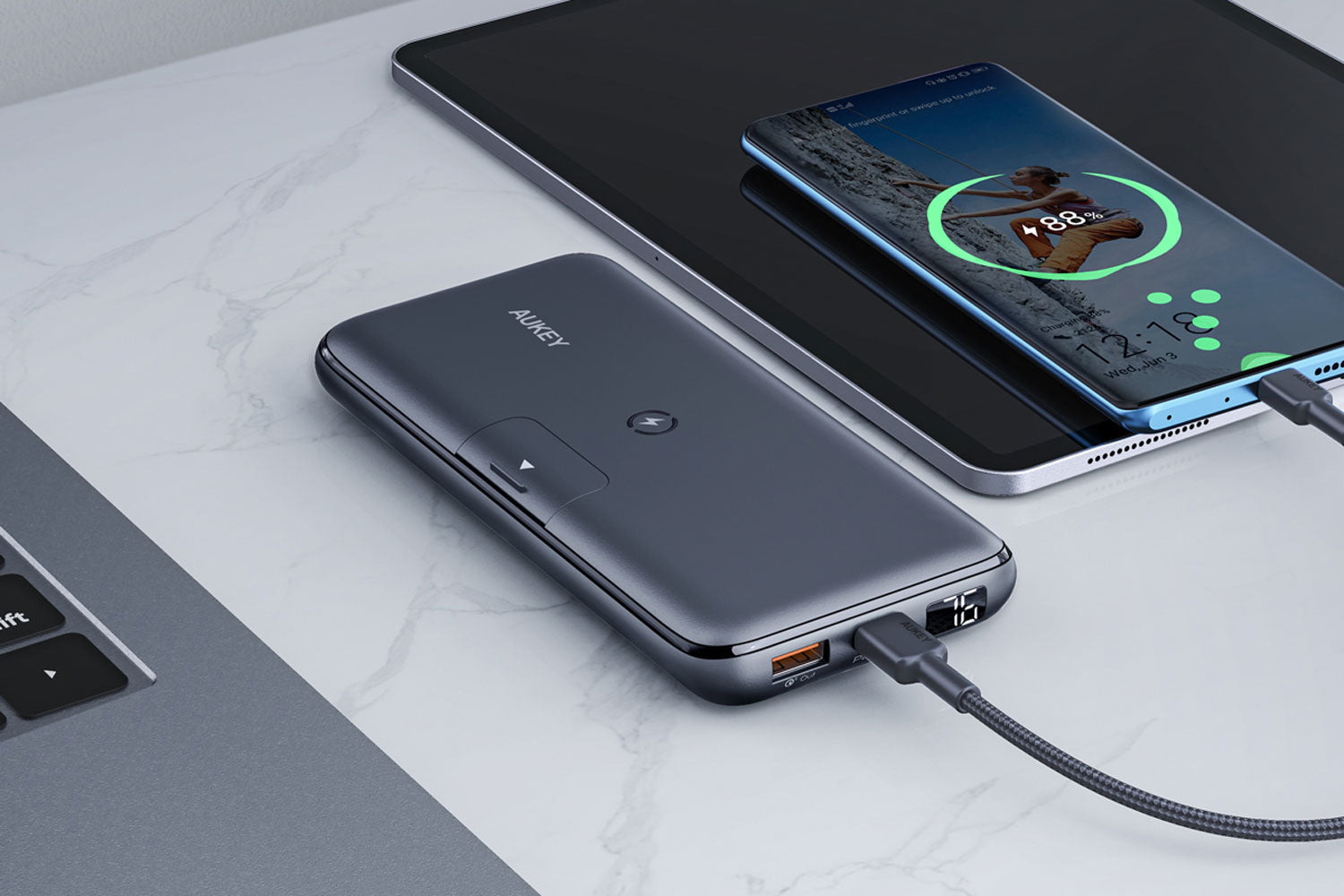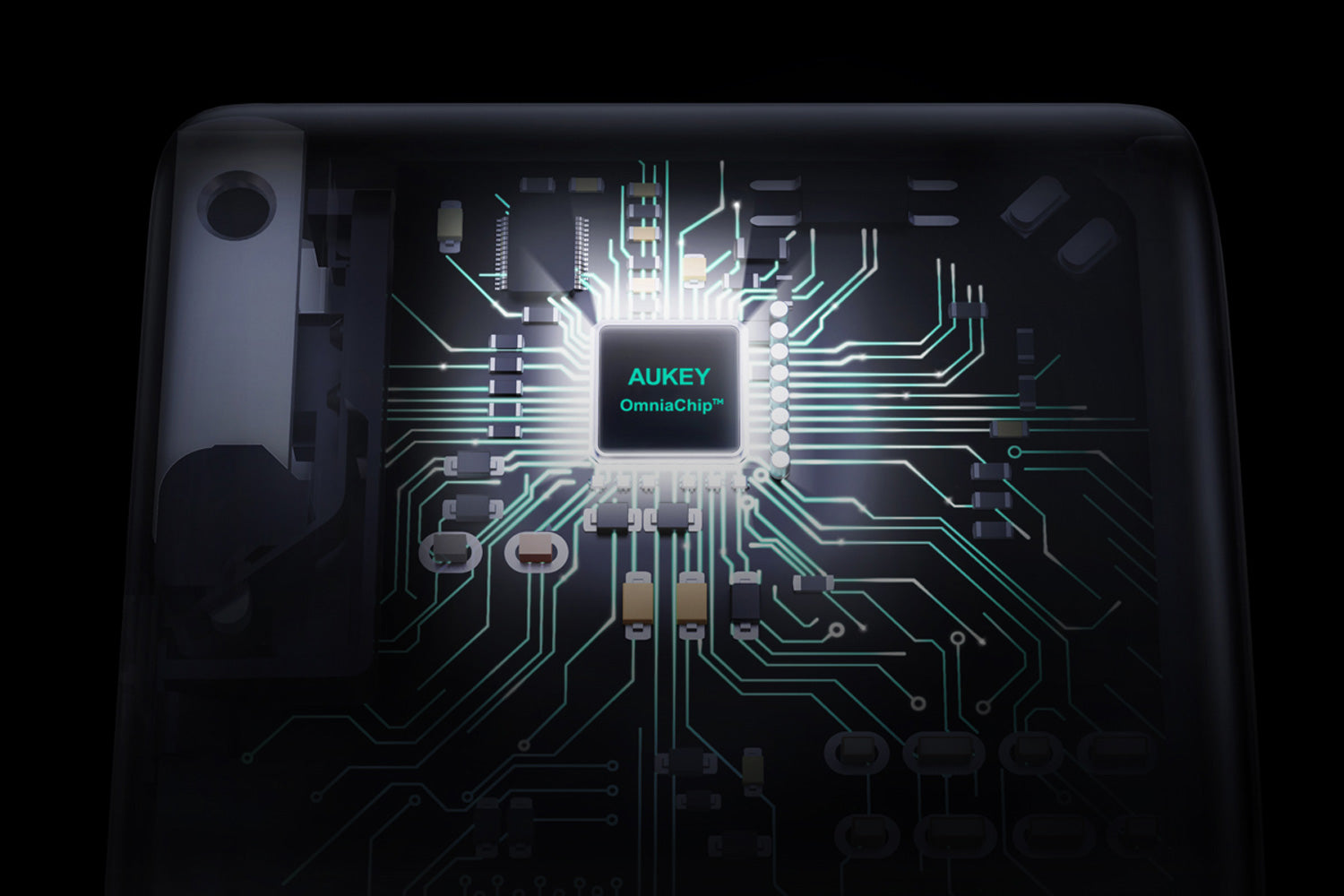USB-C hubs have quickly become an indispensable part of many people’s workstations and home offices – especially for those who are on the go. With a USB-C hub, your laptop can be instantly transformed into a full-fledged workspace, one that can easily hook up to external monitors, larger keyboards, wireless mice, external hard drives, printers, and more.
What is even better for some is that most USB-C hubs are small and lightweight, meaning it is simple to unplug them and toss them into your laptop bag. They are also affordable, with leading four-port USB hub options from top-tier producers like AUKEY selling for less than the cost of a pizza. Larger USB-C hubs, including USB hubs for laptops that power multiple devices and applications at the same time, are highly affordable while still being powerful and easy to use.
This blog is meant to help you find the best USB-C hub.
What Media Display Are You Using?
While laptops are great for their price and portability, the small size of most screens can make multitasking work more difficult. This is where understanding a USB-C hub comes in. But which is the best USB type C hub for you? It is important to understand what devices you will be running through your USB hub 3.0 and what connectors they require.
HDMI
HDMI is the most commonly used connector type for digital audio and video, and the vast majority of monitors sold today will need an HDMI outlet to plug into. HDMI currently comes in four types, HDMI 1.4, HDMI 2.0, and HDMI 2.1. HDMI 2.1 is the most powerful option, with a 48Gbps transmission rate and 1080p up to 240Hz.
DisplayPort
DisplayPort is a relatively recent digital display interface that is primarily used to connect a video source to a display device like a computer monitor, and it can carry audio, USB, and other forms of data. DisplayPort looks similar to HDMI but has different standards, including DisplayPort 1.2, 1.3, 1.4, and 2.0. DisplayPort 2.0 supports 16K with HDR at 60 Hz. DisplayPort is becoming popular in gaming-specific monitors and is notable as a user can drive multiple monitors from one DisplayPort connection.
Ports Location
Port location is an important but overlooked consideration when buying a USB-C hub. While many makers and sellers of USB-C hubs will advertise that their hubs have a large number of ports for dynamic work, the reality is that the drive to make the hubs themselves small can mean that it is awkward or difficult to use all of the ports at the same time.
Number of Ports Available
The number of ports a USB-C hub has is one of the primary factors affecting your decision on which one to purchase. Generally, the more ports you have, the more expensive the USB-C hub will be. If all you want to do is get a USB-C hub to plug in a laptop, monitor, mouse, and keyboard, you can save a lot of money by getting a smaller USB-C hub. However, if you want the ability to plug in multiple monitors, SD cards, phones, ethernet, headphones, or monitors that use a DisplayPort plug, then you will want to shop for a higher-end USB-C hub.
Types of Compatible Ports
Determining that a USB-C hub will work for all the types of compatible ports you are using can take some homework. Hubs will come in a variety of setups and configurations, meaning you will need to match your port needs against what the individual USB-C hub has.
What Is the Connector Type?
Besides the number of ports available, the connector type may be one of the most important considerations when choosing the best USB-C hub. Most USB-C hubs have a built-in cable that connects to your laptop’s USB-C outlet. A hub with a built-in cable will give you the most flexibility when it comes to using your laptop. The longer the cord is, the more flexibility you will have in placing your USB-C hub where you want it – but also, the longer it is, the more it may get in the way and be difficult to pack when the time comes to move locations.
Power Outlet for the Hub
The power outlet for the USB-C hub can work in several ways. Most USB-C hubs support Power Delivery, which is a pass-through charging option that lets you plug your USB-C hub into a wall socket and then the hub into your laptop. In others, you plug your power cord into the laptop and the laptop powers the USB-C hub through the use of the integrated USB-C cable.
How to Choose the Best USB-C Hub
Choosing the best USB-C hub can be a tough homework assignment, especially with so many good options available and so many different tasks your USB hub may be called on to tackle. AUKEY has a leading range of USB-C hubs for sale to suit all budgets. Options range from simple yet effective 4-port USB C hubs finished in aluminum alloy to the powerful AUKEY CBC 71 8 in 1 USB Hub, which has an ethernet port, fast data transfer and network connection capability thanks to two USB 3.1 Gen 1 and one USB 2.0 ports, plus a 100 watt USB power delivery port that can keep compatible laptops running smoothly. Plus, the AUKEY CBC 71 8 in 1 is so good looking you won't want to hide it behind your desk.
To learn more, visit AUKEY’s USB-C hub information and shopping page now.





